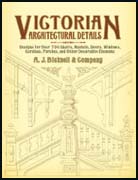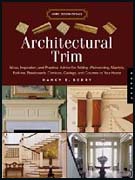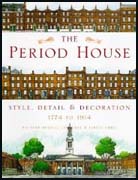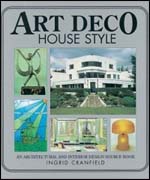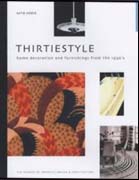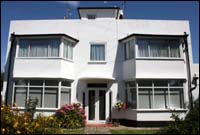|
Mouldings,
Skirting and Architraves
|
||||||||||||||||||||||||||||||
In the Georgian period it was fashionable to leave the dining room chairs against the walls away from the table and so a wooden dado rail or chair rail became fashionable to protect the walls from knocks. The dado rail would be positioned 3 to 4 feet from the floor. In Victorian times it was fashionable to leave the chairs round the table so the dado rail disappeared and the wooden picture rail remained to provide a feature that pictures could be hung from. In later Victorian period the picture rail tended to be found level with the top horizontal part of the door frame.
Victorian skirting boards were particularly deep, about 30cm high and 4cm thick. BBC Homes With
the introduction of the Arts & Craft movement and the later Edwardian
period, moulding became simpler. The Arts and Craft followers preferred
wood panelling that stopped at picture rail height (or two thirds of
the way up the wall). The Edwardian preferred clean cut lines that were
easy to clean and less likely to gather dust and dirt. The dado rail
reappeared again for more decorative purposes and could be often seen
on the hall wall.
Skirting 1 Victorian Torus 2 Ogee 3 Bullnose 4 1930's 5 & 6 Victorian
Architraves 1 Victorian 2 1930's
Products Skirting Boards & Architraves: W Howard Timber Architectural Mouldings - Davuka GRP Ltd Bespoke timber mouldings: Architectural Joinery Links to Articles Fitting Skirting Board: DIY Data Fitting Skirting Boards: DIY World Project Skirting
boards by Karen McLauchlan, Evening Gazette Cornice Colors for Victorian Homes: Old House Colors USA
Useful Research Websites English Architecture: Britain Express Looking at Buildings: Pevsner Architectural Guides
Forum Debates How To Repair Brickwork- Youtube Skirting/ high baseboards- You Tube
|
||||||||||||||||||||||||||||||


 1
1 2
2 3
3 4
4 5
5 6
6 1
1